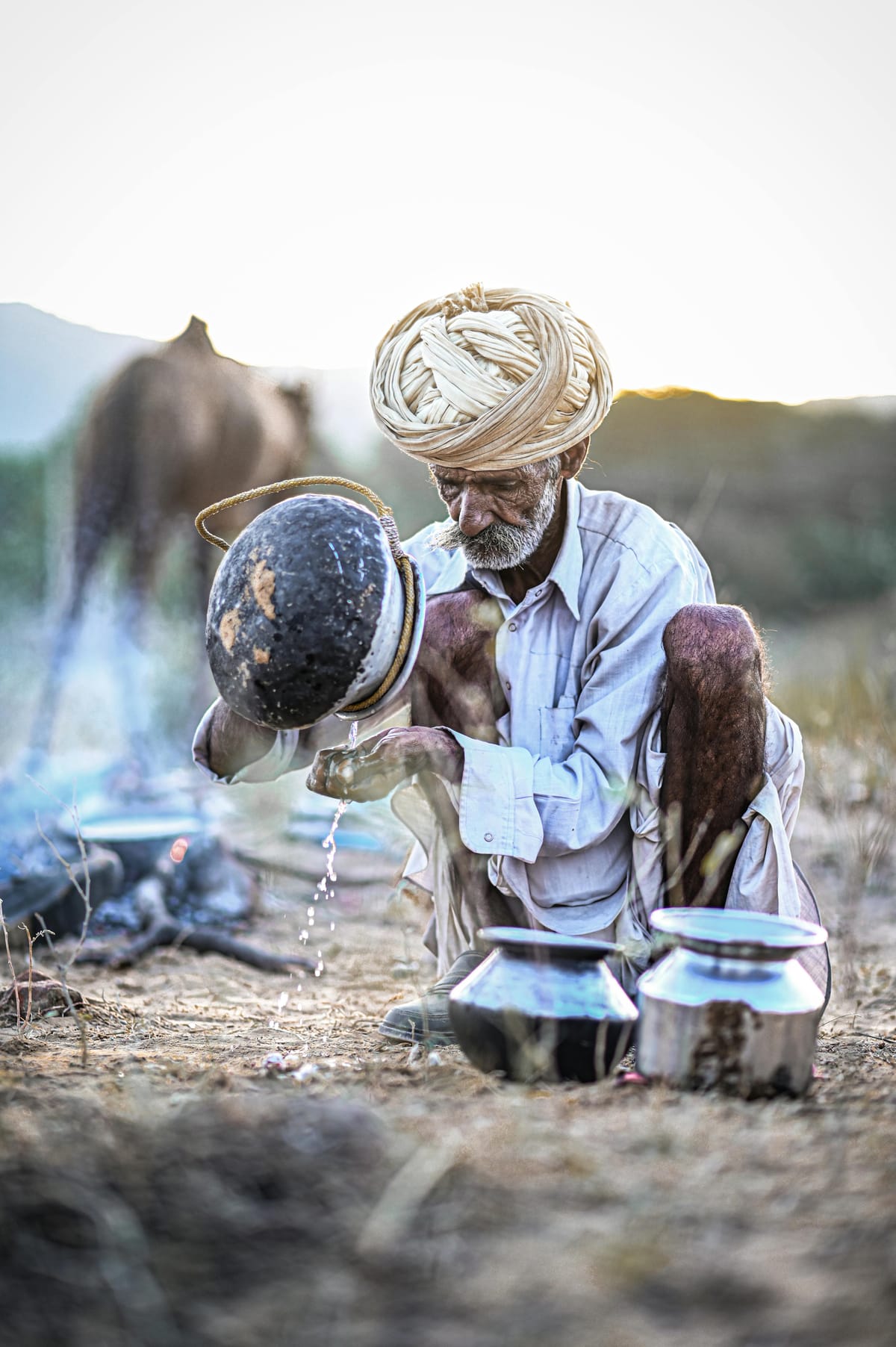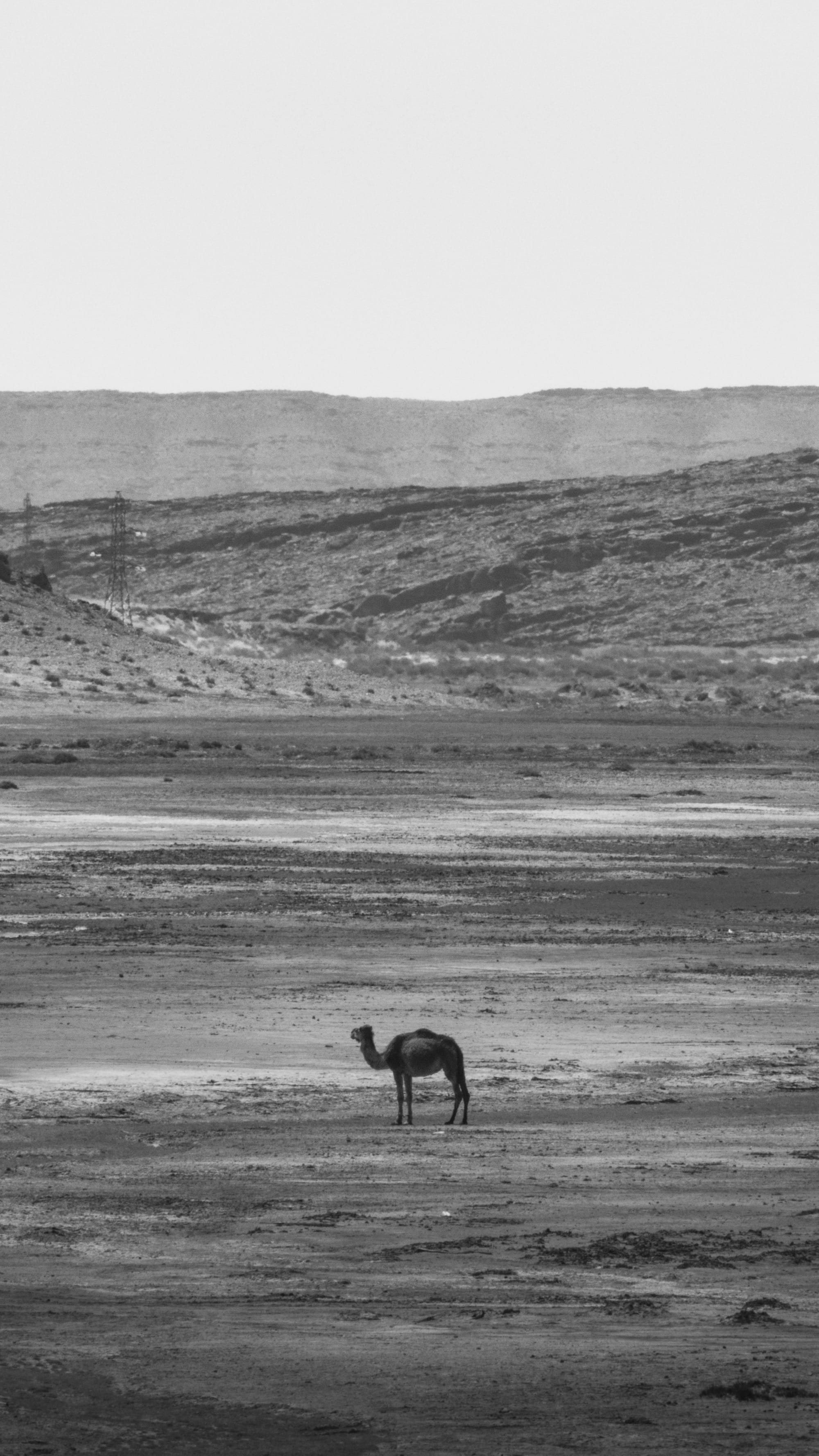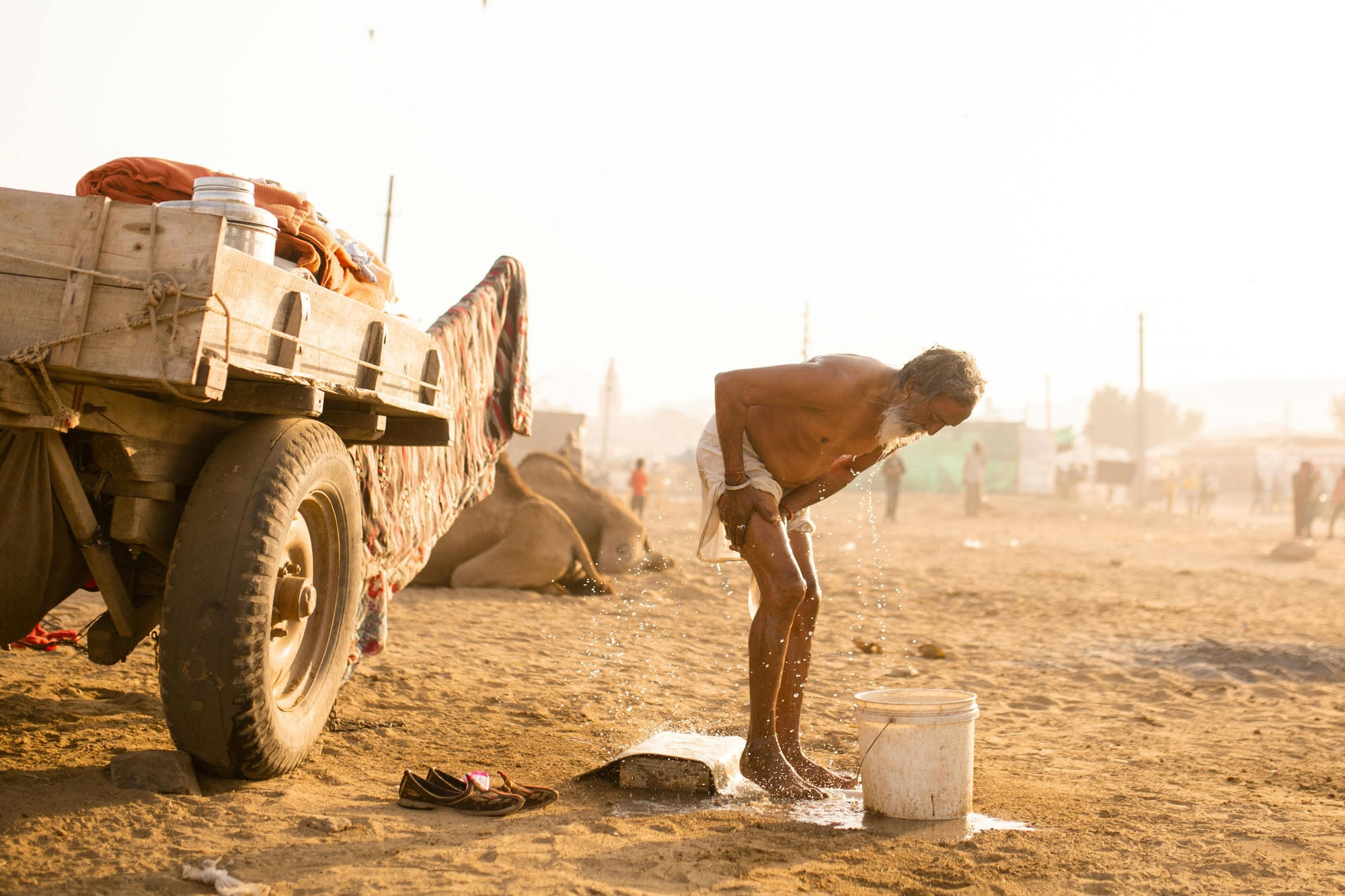

Water scarcity has been a longstanding issue in the district of Barmer bordering the Indo-Pak border. Barmer is Rajasthan’s second largest district and holds significance as a crucial resource base for metallurgical industries. There have been multiple immediate socio-demographic and economic outcomes of this pressing issue, including but not limited to increased dropout rates, contamination induced deaths among others. This constituency has been historically plagued by multiple environmental issues, water scarcity being one of the most pressing of them.
Water Scarcity in Rajasthan
Cracked earth & endless sunlight.
Critical Crisis
72% wells dry in peak summer• 2km of daily walk for water
Districts need sustainable solutions.
The On-Ground Reality
Barmer is one of the driest districts in the entire state of Rajasthan witnessing perennial temperature and weather extremities. Such harsh conditions have profoundly affected the lifestyle of the inhabitants, right from the structure of their shelters to their cuisine and costumes. But in the district of Barmer these realities are stark as the local inhabitants, especially the womenfolk, take the harshest toll of the situation. According to a survey of the Human Welfare Foundation young ladies of the household are compelled to travel 2 km of distance one way from their shelters (dhani) to fetch just a pot of water, an activity which they were forced to do almost thrice a day – taking up more than 4-6 hours of their time daily.

What further aggravates the situation is frequent crop failures plaguing the region. Most of the inhabitants depend on the scanty rainwater that infiltrates deep below the soil out of the reach of evaporation.
Financial Constraints
In a situation like this, the inhabitants are largely dependent upon deep wells which constitute the primary source of their drinking water. Each of these wells cost an estimated 1,25,000 rupees to be constructed, something which the local inhabitants could hardly afford to pay.
High Dropout Rates
The schooling of the youths also suffer because of this, as the school dropout rate at the primary level is as high as 49.7 percent and it is 47.3 percent at the upper Primary level, 51 percent at secondary level (Azim Premji Foundation)
Implementational Failures and Delays

ERCP (Eastern Rajasthan Canal Project), which is intended to look after the drinking and irrigation water needs of extensive areas such as Barmer, has suffered repeated postponements and denial of "national project status" by the BJP-led central government, not the state. Even after tripartite MoUs, central funds and support have been tardy, and local interest (Barmer/Jaisalmer) has been consistently sacrificed to neighbour states
- The Barmer Water Lift Canal Project, for example, was opened by the Congress regime in the state in 2003 and was scheduled to be completed within 2007. In 2003, however, the Bharatiya Janata Party regime in its first stint of power put the project on hold for nearly four years, only to restart work on it once again in 2007 (Scroll)
- In 2018-19, the state government issued job cards to 534,000 households in Barmer but could provide employment to only 306,000 households – a 42% shortfall – while a mere 14,809 or 2.78% of households worked for 100 days. The average wage rate of the past five years in Barmer has been Rs 152.08 per day.(Scroll)
- After the 2018 monsoon failed, the insurance firm, TATA AIG Pvt. Ltd, offered to pay only 25% of the Rs 1,034.36 crore (Rs 258.59 crore) claimed by the district administration, according to Kishorilal Verma, deputy director at Agricultural Department in Barmer. This amount was Rs 120.29 crore less than Rs 378.79 crore collected by the company as premium. (Scroll)
- When Rajasthan saw massive farmer protests ahead of the state assembly (legislature) elections in 2018, the then BJP government announced a loan waiver of upto Rs 50,000 to farmers holding up to two hectares of land. Since a majority of farmers in the region hold five to 10 hectares of land, they did not receive waivers.
The Miracle of Polyhouse Technique in Gurha Kumawatan
Large scale implementation of Polyhouse techniques across the state has been adopted in Gurha Kumawatan. This technique has alleviated farmers in the region out of acute poverty and ensured sustained income perennially. The same technique is practised in Israel with an annual rainfall of around 508 mm and can be scaled up in Rajasthan as well. The example of Gurha Kumawatan is a reminder that the state has the potential to sustain polyhouse agriculture and hydroponics.
By offering a controlled atmosphere, polyhouses assist in alleviating the effects of weather extremities like drought, heavy rain, and temperature variations, which are very prevalent in rural India. The method enables farmers to cultivate high-value crops such as tomatoes, cucumbers, peppers, and can even be used to grow exotic flowers and fruits, which would otherwise prove to be tricky to conceive outside of the open fields because of fluctuating climate patterns.
Embracing the polyhouse method has revolutionized farm output and changed the lives of farmers in Rajasthan, where extreme arid conditions normally restrict yields: research indicates that vegetable growers from Bhilwara and Chittorgarh who use poly houses have seen a 60.41% increase in crop output and a 60.51% increase in overall efficiency, while revenues soared by 41.45%—with polyhouse cucumber production raking up to ₹12–15 lakh per acre per annum compared to significantly lower revenues from open fields.
